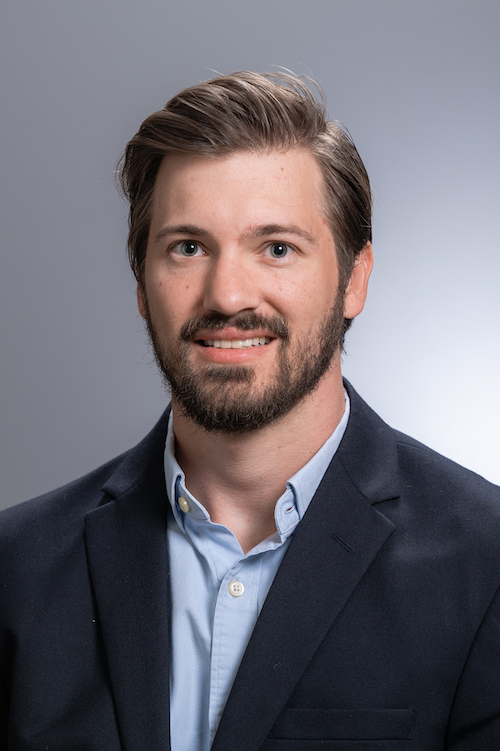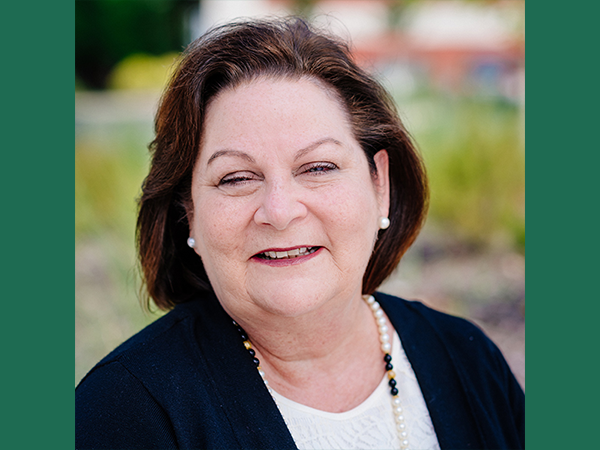 Jereme Wilroy, Ph.D.Approximately 5.5 million Americans are wheelchair users, and data shows most have secondary health risks because of sedentary lifestyles. But, Dr. Jereme Wilroy is using the foundation built by Movement to Music, M2M, to combat the root of the problem.
Jereme Wilroy, Ph.D.Approximately 5.5 million Americans are wheelchair users, and data shows most have secondary health risks because of sedentary lifestyles. But, Dr. Jereme Wilroy is using the foundation built by Movement to Music, M2M, to combat the root of the problem.
Wilroy, director of research at Lakeshore Foundation and associate professor in the department of physical medicine and rehabilitation, was awarded a 5-year, $3.3 million grant from NIH for his study: “Cardiometabolic Health Intervention Using Music and Exercise,” or CHIME. From a behavioral perspective, Wilroy likes the acronym because it goes well with the mantra “chime time” to get participants in the mindset of having exercise in their regular routine.
As part of the grant application, NIH required input from stakeholders of the community being served in the study. So, the acronym also pairs well with the ethic of the funding as Wilroy is hoping for participants to “chime in” and provide feedback for the research team.
“Data was lacking for the effects of cardiometabolic exercise on indicators of health for wheelchair users,” Wilroy said. “What we’ve been doing in previous studies with M2M is a low-cost, low-equipment way for people to exercise. And we were able to see in the lab that it does reach moderate levels of exercise, so it was a perfect fit.”
The dance instructors for CHIME will be the same as those who led classes for M2M.
“Evidence has shown the efficacy of M2M in improving mobility and walking endurance in people with multiple sclerosis,” said Dr. Zoe Young, PI on M2M study. “The launch of the CHIME study will expand the program's horizons and provide the opportunity to examine the impact of M2M on cardiometabolic health as well as the potential influence of music preferences on exercise adherence.”
CHIME is a 24-week program of three one-hour sessions of live remote training and monitoring of vital signs.
Dr. Yumi Kim, postdoctoral fellow in PM&R, was able to determine the necessary length of the study from looking at the literature on cardiometabolic exercise for the general public.
The team will bring participants into the lab after 12 and 24 weeks to measure effects of the exercise. Then, there will be additional testing after 36 weeks to measure if effects are sustained and participants are able to maintain exercise without the weekly training classes.
“The first 12 weeks is a ramp-up, starting with 15 minutes of exercise and building up to 40 minutes, and the second 12 weeks we try to maintain that 40 minutes of moderate-intensity exercise for three times a week,” Wilroy said. “The goal is cardiometabolic effects of health, and it takes time for the body to improve blood circulation, blood vessels and all of that.”
As is typical with large studies, CHIME will start with a pilot-esque phase, and the team is in the midst of recruiting for the smaller group of participants. After ensuring the logistics of the study are working, the team will bring in more participants and larger classes.
Dr. Yuying Chen, co-director of CEDHARS and director of research in PM&R, was thrilled that NIH recognized the need for new research in this area and is excited for the potential Wilroy’s study brings.
“If successful, this project would be a game changer for optimizing exercise dosing and prescription for wheelchair users," Chen said.
Wilroy is conscious of the barriers researchers face with participant retention and protocol adherence, but he believes his team is up to the task with enthusiastic instructors, completely free equipment and constant support, as well as monetary compensation of up to $740 for participants.
“It’s on us because we want people to be engaged in physical activity, if not every day, every week of their life to improve health,” Wilroy said. “It’s not just a study. It’s developing a program that we hope to launch into the national center for everyone to have access.”
Interested participants can learn more here: https://www.chime-time.org

